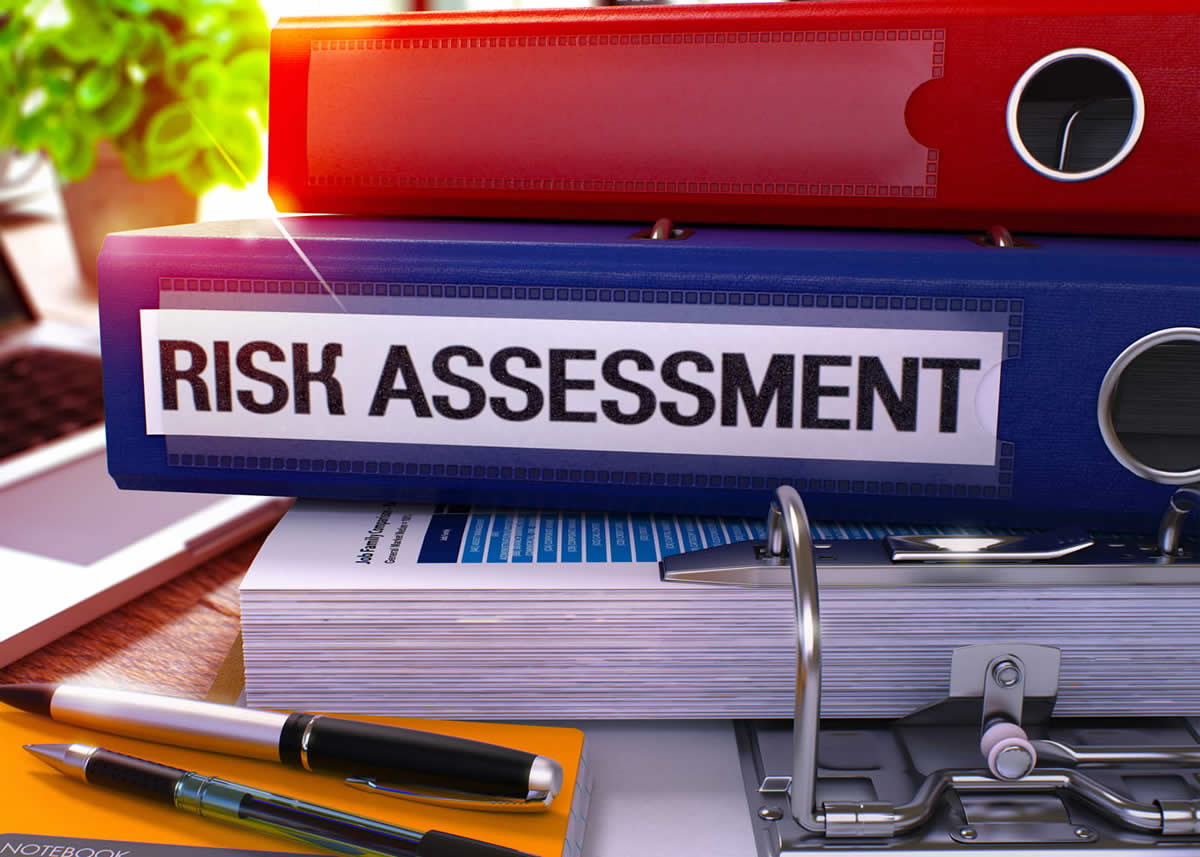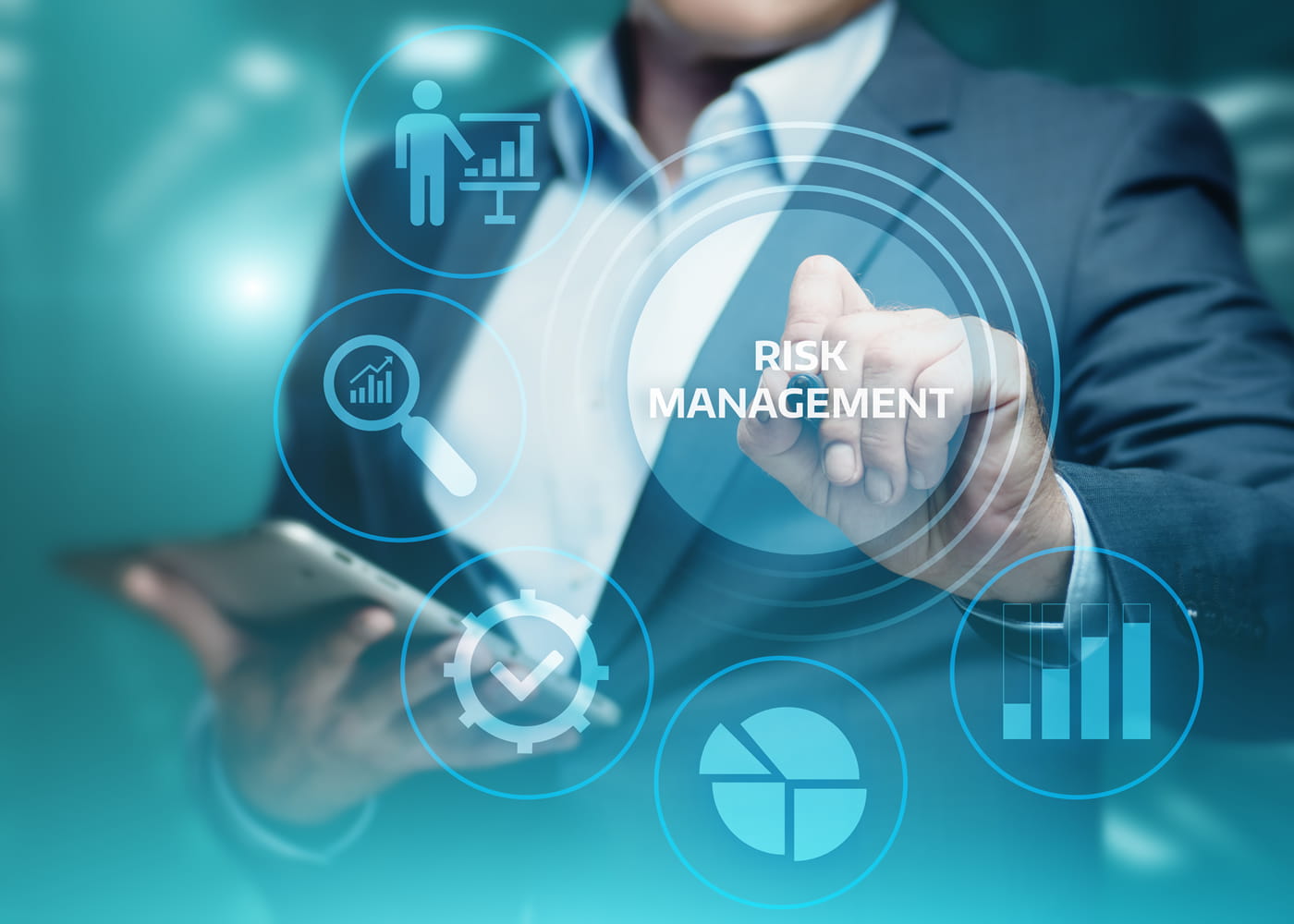Communicating EHS&S Risk to the C-Suite: Three Takeaways From the Forum

I moderated a session at this year’s EHS & Sustainability Forum aimed at overcoming these common institutional obstacles. Based on our fascinating panel discussion and the audience questions, it’s clear that there are several keys to success when making a case for EHS&S. Three important ones include:
- Maintaining relationships
- Thinking with a sales mindset
- Finding the right role for each team member
Maintain relationships with stakeholders, regardless of job title
Well into our Forum presentation, an audience member spoke up and identified himself as an executive in the C-suite — the very audience we are considering here. He revealed something valuable and crucial:“Since I took on this leadership role, people have stopped talking to me. I don't know if people are afraid of me now, but I'm not hearing about bad news and I’m afraid I’m only hearing what they think I want to hear."
What this says to me? You can’t be apprehensive to talk to leadership. If C-level executives don’t know what’s actually going on, how can they help you achieve your EHS&S goals? It’s crucial to keep open the lines of communication. Make the most of your professional relationships — if you were working closely with someone before they “moved up,” don’t let their promotion get in the way of maintaining that strong relationship. In fact, maintaining an ongoing dialogue could inspire them to be an advocate for your EHS&S agenda.
Think like a salesperson and create a personal brand
When approaching senior leadership, the right mindset is important. Thinking like a salesperson is key. You’re not selling a product — but you are selling your vision. To be effective, you’ll need to build your personal brand and maintain your professional reputation as an EHS&S expert.How? Start with considering how you create value for your employer and what you want to be known for. Then tell that story consistently through external avenues, such as LinkedIn, speaking at events, and creating useful content to share with the industry. While you’re at it, make sure you’re talking about your agenda to colleagues in internal communications such as the company intranet or newsletter.
Remember: You’re not bragging; you’re communicating what aligns with your audience’s interests and what you feel is important to the company. Tell stories that they will find valuable, whether information takes the form of brief learnings or longer case studies.
Beyond creating your personal brand, your salesperson’s mindset should be inquisitive. Ask many questions and listen carefully to the answers. Yes, you want to communicate EHS&S risk — but you can’t do that effectively without understanding what your audience cares about. Are their pain points financial, investor concerns about sustainability, or has there been a recent safety incident? You’ll build trust by listening and responding effectively, and that trust lends more credibility to your EHS&S risk communications.
Additionally, do your best to find a plugged-in mentor or coach who understands what is important to company leadership. A mentor can help you craft your message to better sell your vision.
Find the right roles for your team and let them shine
You may be leading an EHS&S program, but you can’t do it alone; it takes a team. Work with others and be open to their opinions to help support your vision. Everyone has strengths and weaknesses, so work with people who complement your skill sets and experience. While some people are natural visionaries, others are best at evaluating highly technical issues, or bringing structure to your plans. Use different skills, abilities, and know-how to your advantage, and build a strong team by playing to each other’s strengths.How does teamwork impact your risk communications approach? It makes it stronger, bringing your ideas and plans closer to reality. You’ll gain different perspectives and learn new approaches to help you stay connected to leaders who can make things happen in your organization. Staying connected leads to productive working relationships that are critical for cultivating a successful EHS&S program.
Likewise, showing you also have a “sales mindset” will help win over skeptical leaders to your perspectives on risk management. Throughout this process, having key team members who are well suited to their roles will ensure the program you’re championing is as effective as possible.
If you want to dive deeper into how to make the EHS&S case to the C-suite, feel free to email me, or arm yourself with some EHS&S “evidence,” from this EHS&S risk guide.
About the Author

Denny Lerch
Haley & Aldrich
Denny Lerch, PE, has more than 25 years of experience in environmental permitting and regulatory compliance across a diverse set of industries, from electric utilities to pharmaceutical and chemical manufacturers, consumer goods and steel manufacturers. His technical expertise includes air permitting and compliance, EHS program development, environmental compliance auditing, regulatory interpretation and guidance, compliance plan development and agency negotiations. Denny earned a B.S. in Chemical Engineering from Rutgers University and is a member of multiple professional organizations in the fields of EHS&S risk management and compliance.




